Essential oils, nature’s concentrated aromatic compounds, have captivated humanity for millennia. From ancient civilizations leveraging their therapeutic properties to modern industries incorporating them into cosmetics, pharmaceuticals, and wellness products, the allure of essential oils lies in their potent biological activity and captivating fragrances. However, delivering these precious extracts from botanical source to consumer requires meticulous processing, particularly at the crucial stage of essential oil filling. This intricate process demands precision, hygiene, and specialized equipment to preserve the oils’ delicate composition and efficacy.
This article delves into the fascinating world of essential oils, exploring their diverse types, profound benefits, and common applications. We will then transition to the vital role of manufacturing and packaging, specifically focusing on how these concentrated liquids are expertly contained, highlighting the advanced technological solutions, such as the XBJZ-1200 series small dose ceramic pump filling production line, that are essential for ensuring the integrity and quality of the final product.
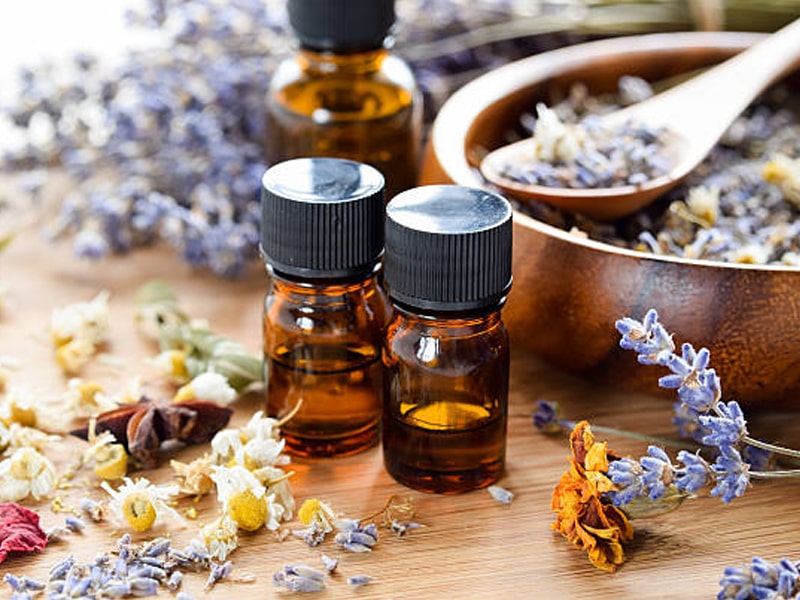
Understanding the Essence: What are Essential Oils?
At their core, essential oils are volatile aromatic compounds extracted from plants. Unlike fatty oils (like olive or sunflower oil), essential oils are not greasy. They are the fragrant “essence” of a plant, responsible for its characteristic scent and often possessing unique therapeutic properties. These compounds are typically extracted through methods like steam distillation, cold pressing, or solvent extraction, each technique designed to capture specific volatile molecules from different plant parts such as flowers, leaves, stems, roots, and bark.
The chemical composition of an essential oil is complex and varies depending on the plant species, growing conditions, and extraction method. This complexity contributes to the diverse range of aromas and therapeutic effects attributed to different oils. For instance, the calming properties of lavender oil are linked to compounds like linalool and linalyl acetate, while the invigorating scent of peppermint oil is primarily due to menthol.
Essential oils are primarily extracted by steam distillation or cold pressing of plant parts. In distillation, vaporized steam carries off volatile oils from flowers, leaves, bark, or roots, which are then cooled and condensed into liquid form. Other methods include solvent extraction, resin tapping, or supercritical CO₂ extraction, depending on the plant and desired purity. After extraction, the oil may be filtered, blended, or diluted with carrier oils, but many are bottled at 100% purity.
These oils have a wide range of uses. In industry and consumer products, they are added to perfumes, cosmetics, soaps, air fresheners, and cleaning products for their fragrances and antimicrobial properties. They’re also used to flavor foods and drinks and to scent incense. In alternative health, essential oils form the basis of aromatherapy, where their scents are said to improve well-being. Studies suggest that inhaling or applying certain oils can boost mood, reduce stress, improve sleep, and even exhibit antibacterial or anti-inflammatory effects. For example, lavender oil is often used to ease anxiety and aid sleep, while tea tree oil is prized for antiseptic properties.
Despite their popularity, essential oils must be used carefully: they are highly concentrated and can cause irritation if overused. Proper dilution and handling are important. Nevertheless, the global market for essential oils is booming – it is projected to grow from roughly $26 billion in 2025 to nearly $50 billion by 2034. This growth is driving demand for efficient, high-quality filling and bottling equipment designed specifically for these small-dose products.
A Symphony of Nature’s Bounty: Exploring Diverse Essential Oil Types
The world of essential oils is vast and diverse, with countless plant species yielding unique aromatic extracts. Understanding some of the most common and widely used essential oils provides insight into their varied applications and the importance of precise essential oil bottling machine technology in their packaging. Here are a few examples:
Lavender Oil (Lavandula angustifolia): Perhaps one of the most popular essential oils, lavender is renowned for its calming and relaxing properties. It’s widely used in aromatherapy to alleviate stress, promote sleep, and soothe skin irritations. Its delicate floral aroma is instantly recognizable.
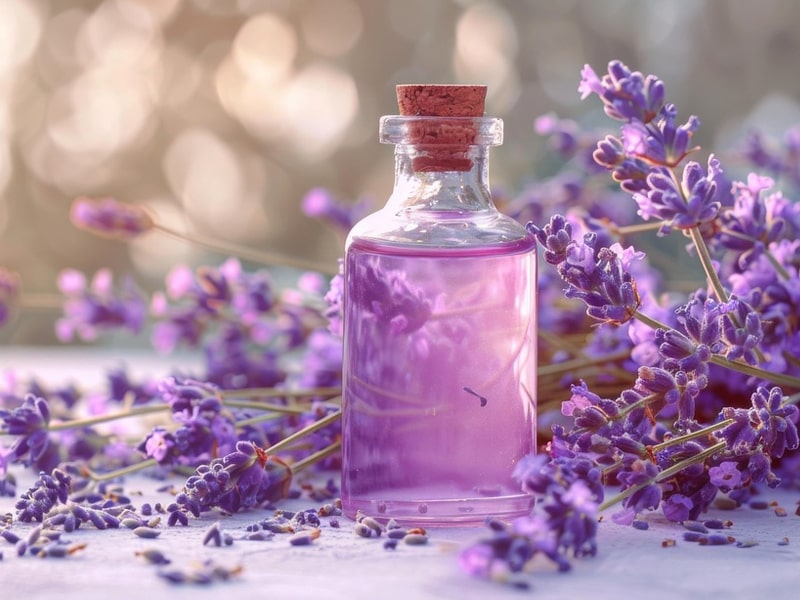
Peppermint Oil (Mentha piperita): Known for its refreshing and invigorating scent, peppermint oil is often used to boost energy, relieve headaches, and aid digestion. Its primary constituent, menthol, provides a cooling sensation.
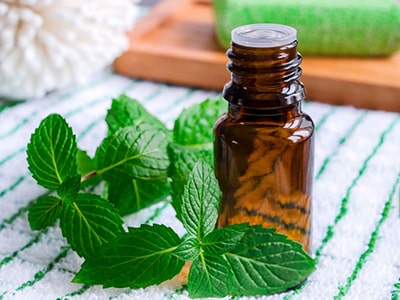
Tea Tree Oil (Melaleuca alternifolia): Originating from Australia, tea tree oil is celebrated for its powerful antiseptic and anti-inflammatory properties. It’s commonly used to treat acne, fungal infections, and minor wounds. Its aroma is fresh, medicinal, and somewhat pungent.
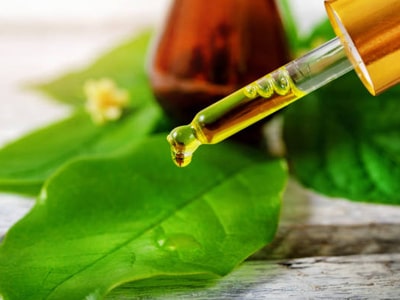
Eucalyptus Oil (Eucalyptus globulus): With a strong, camphorous aroma, eucalyptus oil is often used to alleviate respiratory congestion and promote clear breathing. It’s a common ingredient in vapor rubs and inhalants.
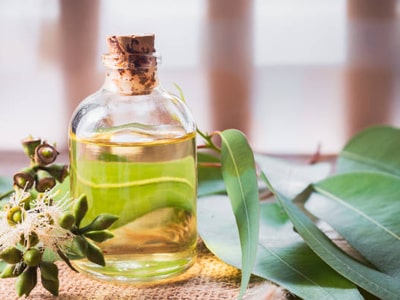
Lemon Oil (Citrus limon): Cold-pressed from the peel of lemons, this oil has a bright, uplifting, and cleansing scent. It’s often used in aromatherapy to improve mood and concentration and is also valued for its natural degreasing properties in cleaning products.
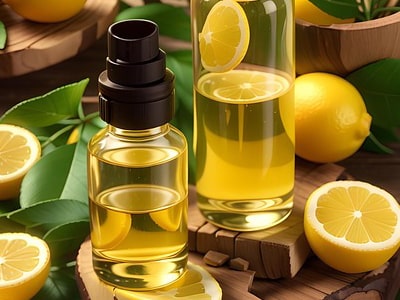
Rosemary Oil (Rosmarinus officinalis): Known for its herbaceous and stimulating aroma, rosemary oil is often used to improve focus, enhance memory, and stimulate hair growth.
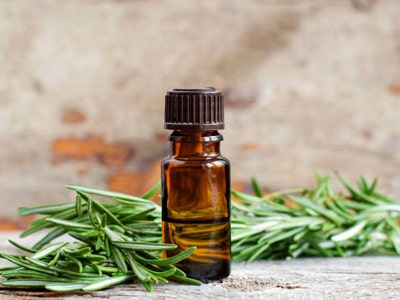
Chamomile Oil (Matricaria chamomilla / Chamaemelum nobile): Available in Roman and German varieties, chamomile oil is prized for its calming and anti-inflammatory effects. It’s often used to soothe skin, relieve anxiety, and promote restful sleep.
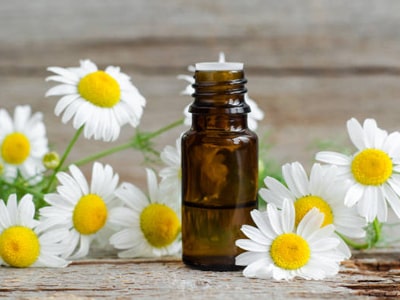
This is just a small selection of the many essential oils available, each with its unique chemical profile, aroma, and therapeutic potential. The demand for these natural extracts continues to grow across various industries, driving the need for efficient and accurate essential oil filling processes.
Unlocking the Benefits: The Multifaceted Applications of Essential Oils
Aromatherapy & Wellness: Inhaling scents can influence the limbic system, potentially improving mood, reducing stress or anxiety, and even enhancing cognitive performance. For example, studies show lavender and bergamot oils can help reduce anxiety and improve sleep quality.
Topical Health: Certain oils (like tea tree, peppermint, or eucalyptus) have antimicrobial or analgesic properties. Applied (properly diluted) to the skin, they may relieve muscle pain, soothe inflammation, or help heal minor wounds.
Personal Care & Cosmetics: Oils add fragrance and natural benefits to shampoos, lotions, soaps, and skincare. For instance, chamomile or rose oil adds aroma and skin-soothing properties to creams.
Home & Cleaning: Oils like lemon, orange, or pine are used in eco-friendly cleaners and air fresheners for their antiseptic properties and fresh scents.
Food & Beverage Flavoring: In food production, tiny amounts of oils (e.g. peppermint in gum, lemon in drinks) are used for flavor, often replacing synthetic flavors.
Because essential oils are so potent, small quantities are used per application. This means essential oil products are typically bottled in small vials (often 2–15 mL). Maintaining consistent dosage and purity is critical; manufacturers must ensure each bottle contains an exact measured amount of oil.
The efficacy and safety of essential oils are subjects of ongoing scientific research. While anecdotal evidence and traditional uses are abundant, robust clinical trials are necessary to validate many of the claimed therapeutic benefits. However, the increasing demand for these natural products underscores the importance of reliable and efficient manufacturing processes, particularly in the critical stage of essential oil filling.
From Extraction to Bottle: The Manufacturing and Filling Process
The production of essential oils involves several steps: sourcing raw plant material, extraction, separation of oil from water or solvent, and post-processing (e.g. filtration). After extraction, manufacturers must package and bottle the oil under sanitary conditions. This packaging stage is crucial: oils are sensitive to light and air, so they are usually bottled in amber or dark glass to prevent degradation, and closed with airtight caps (often with dropper inserts).
A typical bottling process in an essential oil plant includes:
Bottle Feeding/Unscrambling: Empty bottles are loaded from bulk into an unscrambler or conveyor so that each bottle is upright and spaced on the line.
Filling: Precise amounts of oil are dispensed into each bottle. Because bottle sizes are small and fill volumes are low (fractions of an ounce), high-precision fillers are needed to avoid variability.
Plugging or Insert Insertion: Many essential oil bottles include a reducer plug or dropper insert that limits flow. An automated machine inserts these plugs into the bottle necks if required.
Capping: Bottles are capped (screw or press caps) immediately after filling. The capping machine must align and tighten caps uniformly to prevent leaks.
Labeling: A labeler applies product labels to bottles (often front and back labels) at high speed, ensuring correct placement and adhesion.
Bottles Collection and Packing: Finally, filled and labeled bottles are collected into bins or cases. Some lines include cartoners or case packers, but often bottled essential oils go directly into boxes for shipping.
Advanced production lines automate and integrate all these steps for maximum efficiency. For example, modern filling systems are advertised as “fully automatic bottle feeding, filling, plugging, capping and labeling integration”. Such integrated lines reduce manual handling, improve hygiene, and dramatically increase throughput. The diagram below illustrates the typical essential oil bottling sequence:
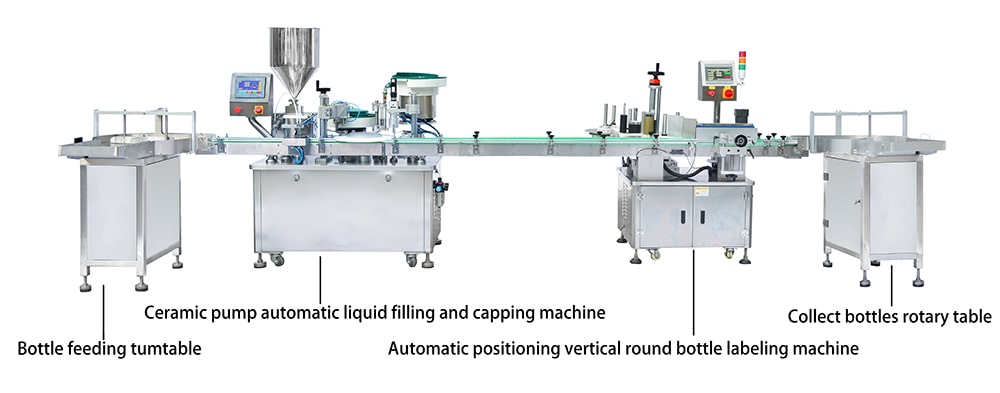
Figure: An example of an automated essential oil bottling line. Empty bottles are fed and unscrambled, then move through filling, plugging (dropper insertion), capping, labeling, and finally collected for packaging.
Key Steps in an Essential Oil Filling Line: bottle feeding → filling → plugging (insert dropper) → capping → labeling → bottle collection. Each step must be synchronized to achieve a smooth production flow.
Challenges in Filling Small-Dose Oils
Filling essential oils presents unique challenges:
Small Volumes: Essential oil bottles hold small volumes (often 1–15 mL). Filling tiny quantities requires very precise metering. Even a 0.1 mL error is a large percentage of the dose. Standard bulk fillers (designed for liters) cannot achieve this precision, so specialized small-dose fillers are needed.
Viscosity and Properties: Many essential oils are thin fluids, but some contain particulate plant matter or are viscous (e.g. ginger or cinnamon oil). Fillers must handle a range of viscosities without dripping or foam.
Accuracy & Consistency: Manufacturers require tight fill accuracy (often ±1% or better) to ensure consistent strength and to minimize waste of expensive oil. Uneven fills can affect product quality and margins.
Hygiene & Chemical Compatibility: Essential oils are often acidic or can be corrosive to certain materials. Filling equipment must be made of stainless steel or chemically resistant parts. Easy cleaning is also essential to prevent cross-contamination between batches.
Speed vs. Precision: The line must balance throughput with accuracy. A slow filler may be precise but limit output, whereas a fast filler might sacrifice accuracy. Finding machinery that can do both is key.
Because of these factors, precision filling machines are vital for small-dose products like essential oils. These machines often use volumetric pumps or pistons with very fine control, and may include electronic feedback (load cells, level sensors) to ensure each bottle gets the exact dose.
In practice, many essential oil producers now use integrated filling lines that combine multiple steps. By automating feeding, filling, capping, and labeling together, these lines reduce errors from manual handling and increase throughput. The integrated lines also improve traceability and quality control, which is important in the wellness and cosmetics industries.
Ceramic Pump Technology for Precision Filling
One key technology for precise filling is the ceramic pump (often a valveless rotary piston pump with ceramic components). Ceramic pumps are excellent for small, corrosive, or volatile liquids because they offer:
High Accuracy: Ceramic rotary pumps deliver an exact volume per rotation, achieving fill accuracies typically within 0.5–1% of target. This precision is crucial for tiny doses.
Chemical Resistance: Ceramic (and stainless steel) wetted parts resist essential oils’ chemical properties (including acidity or solvent content), preventing corrosion and contamination.
Hygienic Design: Many ceramic pump fillers are built to high sanitary standards (often 304 stainless steel frames), with smooth surfaces and easy disassembly for cleaning. This helps maintain purity and avoid microbial growth.
Gentle Pumping: Unlike peristaltic pumps which can cause foaming or spitting, ceramic piston pumps have smooth flow, reducing air bubbles and ensuring clean fill tails.
Durability: Ceramic components wear very slowly, giving long service life and consistent performance over time.
For example, one filling line uses a high-precision ceramic pump specialized for vials. It advertises “high cleanliness… acid and alkali resistance, corrosion resistance… quick disassembly, disinfection and cleaning; super long service life”. Such features are especially beneficial for natural products like essential oils, which often require high standards of sanitation and may sit on shelves for months.
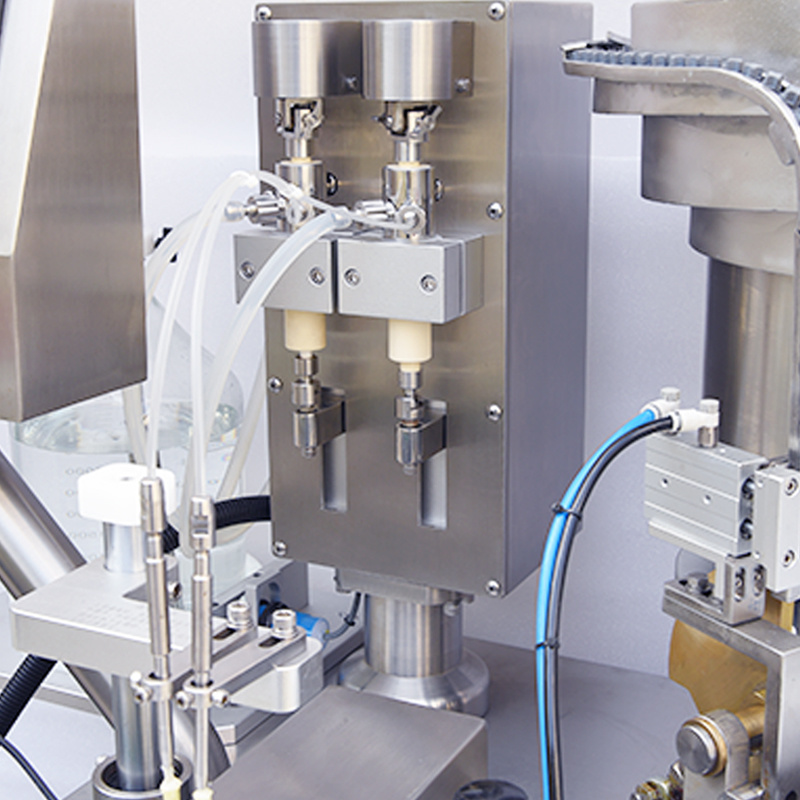
Overall, ceramic pump fillers are now an industry standard for high-precision liquid filling in cosmetics and pharmaceutical packaging. They ensure each drop of essential oil is accurately measured, minimizing waste of costly raw material and ensuring consistent product quality.
The XBJZ-1200 Series Filling Production Line
For businesses in the essential oil industry, choosing the right filling equipment can make a significant difference in efficiency and product quality. The XBJZ-1200 Series Small Dose Essential Oil Ceramic Pump Filling Production Line is one such solution designed specifically for this niche.
This fully automated system handles bottle feeding, filling, plugging, capping, labeling, and bottle collection in one integrated line. Its key components and features include:
High-Precision Ceramic Pump: The XBJZ-1200 uses a valveless ceramic pump as the filling head. This pump delivers extremely accurate fills (reported accuracy of ±0.25–0.5%) for volumes ranging from micro-liter up to ~20 mL. Such precision is ideal for essential oil bottles (common sizes are 1–15 mL).
Fully Automatic Workflow: Empty bottles are automatically fed from a hopper and oriented for filling. After filling, the system inserts any required dropper plug or reducer (if used), then screws on or presses the cap. Finally, labels are applied and bottles are conveyed off the line. This automation reduces labor and the chance of human error at each step. As the manufacturer notes, it is “suitable for small-dose precise quantitative filling”.
Stainless Steel Construction: All product-contact parts are food-grade stainless steel (and ceramic), ensuring compliance with hygiene standards. Surfaces are smooth and easy to clean, and the machine allows quick disassembly for sterilization. This design meets the high sanitation demands of cosmetics and aromatherapy products.
Corrosion Resistance: The pump and tank are resistant to acids and alkalis, so even citrus or herbal oils that might degrade ordinary pumps are handled without issue.
High Throughput: Despite focusing on small doses, the XBJZ-1200 can process around 35–40 bottles per minute. That translates to over 2,000 bottles per hour for a small line – much faster than a manual or semi-automatic setup.
Compact Footprint: The floor-standing line integrates multiple machines but is designed to fit moderate factory spaces. For small-to-medium businesses, this system can often replace several separate machines, optimizing floor usage.
Smart Controls: The line is PLC-controlled with a touchscreen interface. Operators can set fill volumes, adjust speed, and monitor the process. Memory functions allow quick changeover between batches.
Safety and Quality: Photo-eyes and sensors detect bottle presence and errors (e.g. a missing bottle or cap) and will halt the line to prevent spillage. This minimizes waste and ensures that every bottle is correctly processed.
In practice, an essential oil manufacturer using the XBJZ-1200 can go from empty bottle to finished, labeled oil bottle in one continuous operation. The machine’s precision pump ensures each bottle gets exactly the right amount of oil, which is crucial when dealing with costly essential oils. Its robust, corrosion-resistant design means even highly aromatic or acidic oils (like lemon or orange oil) won’t damage the equipment.
Benefits of Precision Filling for Your Business
Investing in a specialized essential oil filling line like the XBJZ-1200 brings multiple business advantages:
Consistency and Quality: Automated precision filling guarantees that every bottle contains the intended dose. This leads to consistent product quality – key for customer trust and regulatory compliance (especially if you market to wellness or therapeutic industries).
Reduced Waste: Accurate filling minimizes overfilling. Even a 0.5% error on many bottles can add up to substantial product loss when oils are expensive. High precision fillers save raw material costs in the long run.
Labor Savings: Automation replaces manual filling/capping labor. A single operator can tend the whole line instead of hand-filling dozens of bottles. This reduces labor costs and fatigue, while also speeding up production.
Scalability: As demand grows, automated lines like the XBJZ-1200 make it easy to scale up. Running 40 bottles/minute is hard to achieve by hand. The line can run continuously (with periodic refill of bottles and oil), boosting overall output.
Versatility: Although designed for small bottles, these lines can often be reconfigured (by changing parts like star wheels or nozzles) to handle different bottle sizes or fill volumes. This flexibility is useful for a company with multiple product lines (e.g. 5 mL and 10 mL oil bottles).
Professional Image: Using a fully automated, stainless steel line can be a selling point. It shows customers and regulators that you use industry-standard, hygienic practices. This can be highlighted in marketing or compliance documentation.
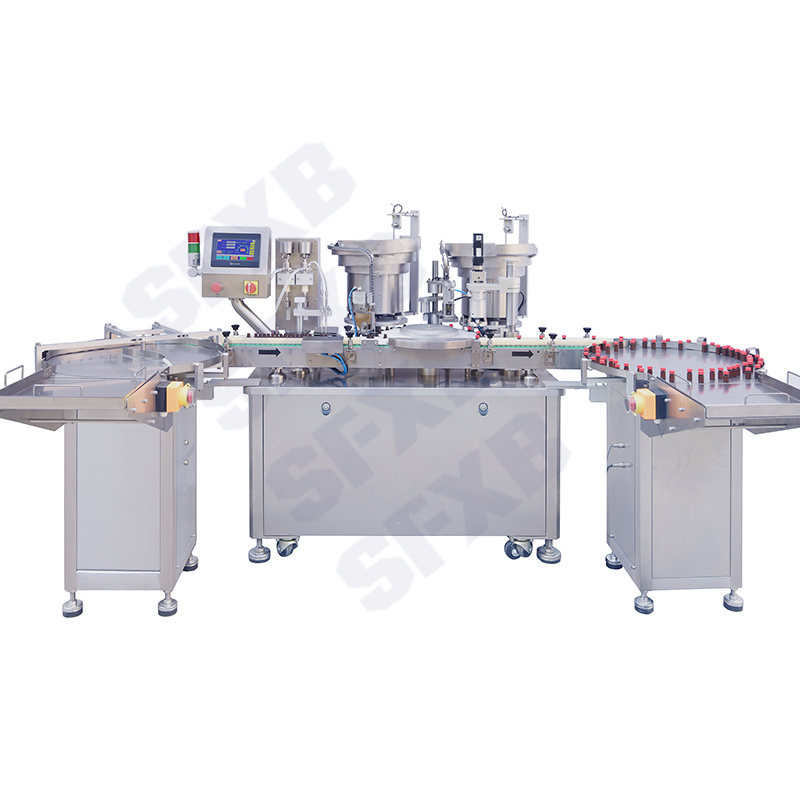
For example, one cosmetics company deploying a ceramic-pump filling line reported that it could fill a batch of 5000 sample-size bottles in under half the time it took their old manual filler, with near-zero overfill. The initial investment in machinery was quickly offset by lower labor costs and reduced product waste.
Conclusion
The booming essential oils industry demands precision, efficiency, and quality control in its production processes. Specialized filling and bottling equipment – particularly those using ceramic pump technology for small-dose filling – are now indispensable for serious manufacturers. These machines ensure that each drop of precious oil is measured accurately and handled hygienically.
The XBJZ-1200 Series Small Dose Ceramic Pump Filling Line exemplifies this approach: it automates the entire bottling sequence (feeding, filling, plugging, capping, labeling) with high accuracy (±0.25–0.5%). This means businesses can produce essential oil products faster, with consistent quality and less waste. In a market where a single adulterated or inconsistent batch can damage a brand, such reliability is worth its weight in gold.
For companies purchasing essential oil filling and bottling machines, it’s crucial to choose equipment tailored to small volumes and sensitive liquids. The right production line not only improves throughput but also bolsters customer trust. With the XBJZ-1200 Series (or similar precision filling lines), essential oil businesses can meet rising demand while maintaining the highest standards of product quality and safety.
Investing in modern essential oil filling technology today is an investment in efficiency, consistency, and long-term success in the aromatic oils market.
| References: | |
| 1. | ”11 Essential Oils: Their Benefits and How To Use Them” –Retrieved from: Cleveland Clinic |
| 2. | “Essential oils used in aromatherapy: A systematic review” –Retrieved from: ScienceDirect |
| 3. | ”Essential oils: Extraction Techniques, Pharmaceutical and Therapeutic Potentials“–Retrieved from: National Library of Medicine |
| 4. | ”ISO/TS 210:2014 — Essential oils — General rules for packaging“–Retrieved from: ISO |



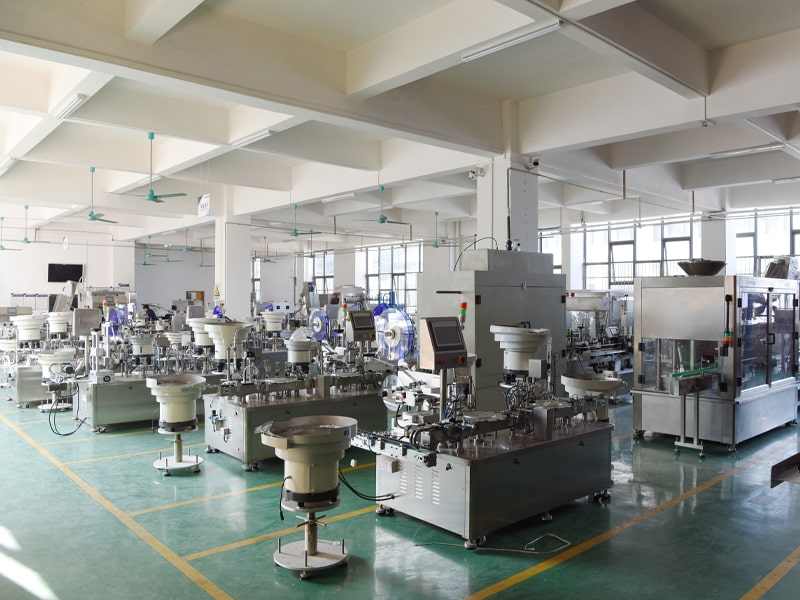
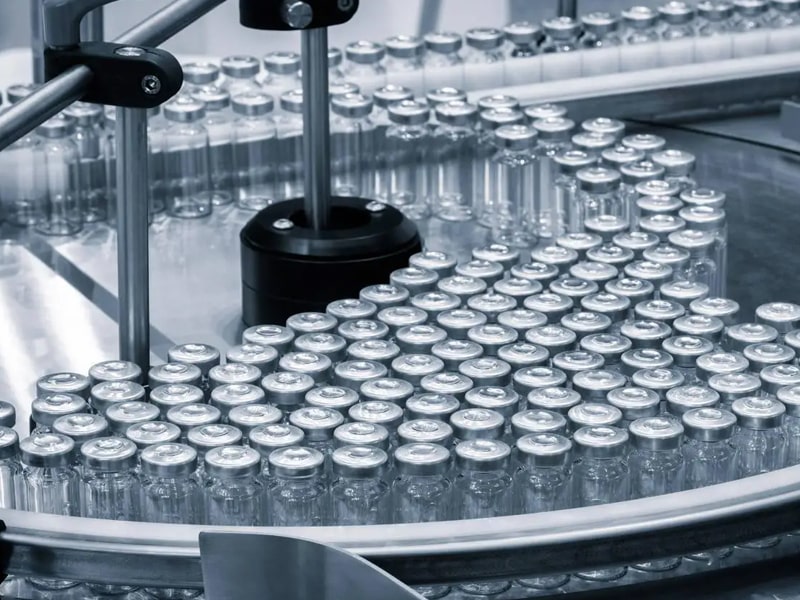

Comments